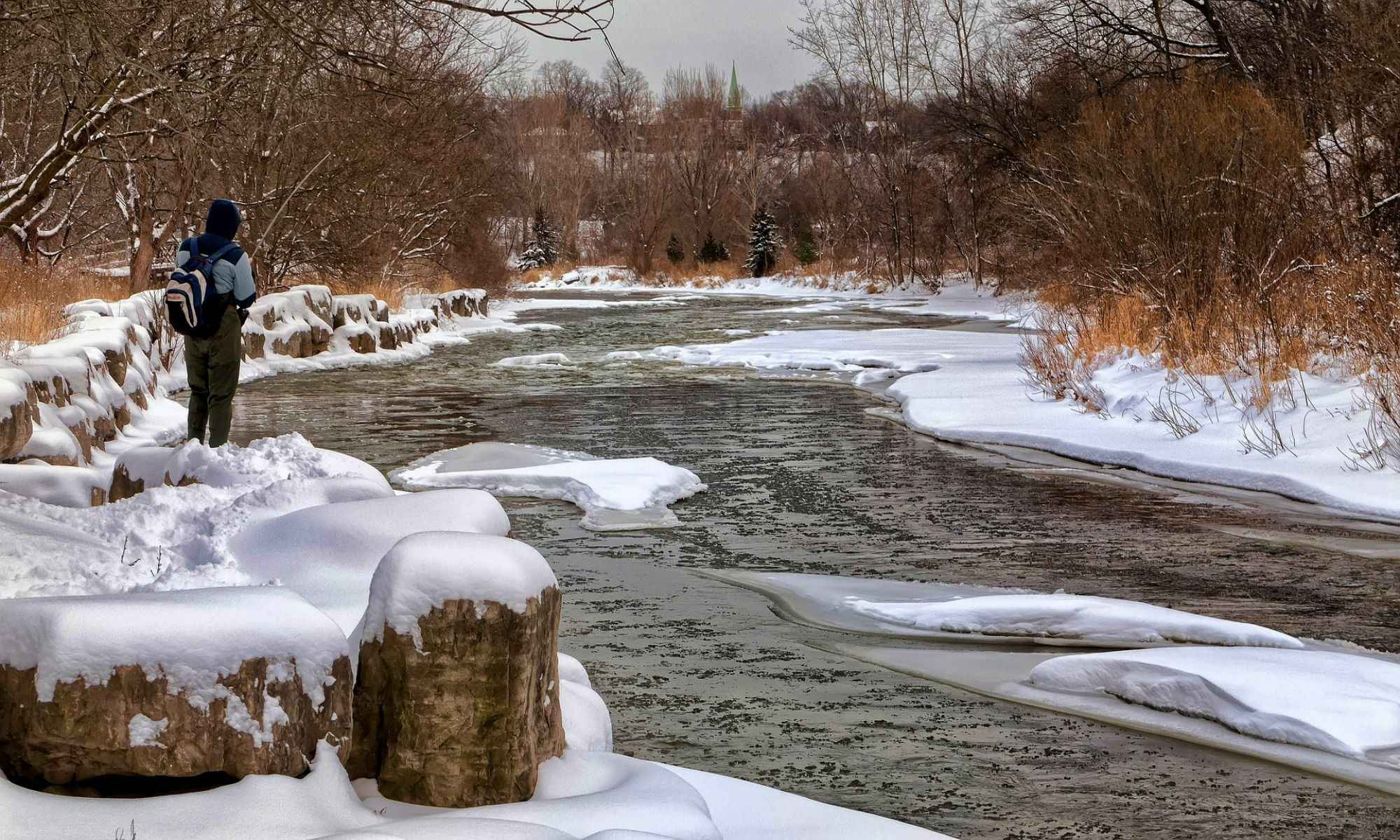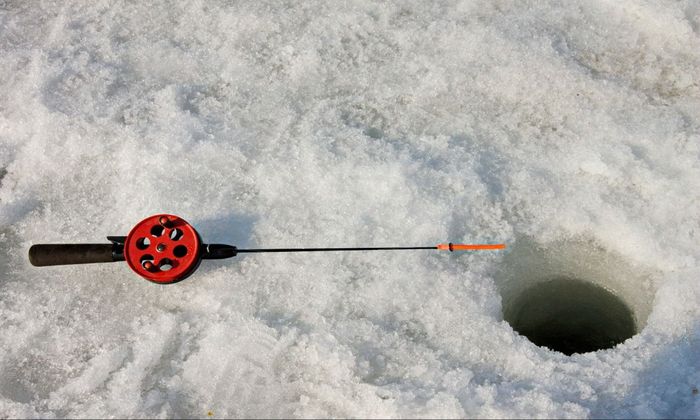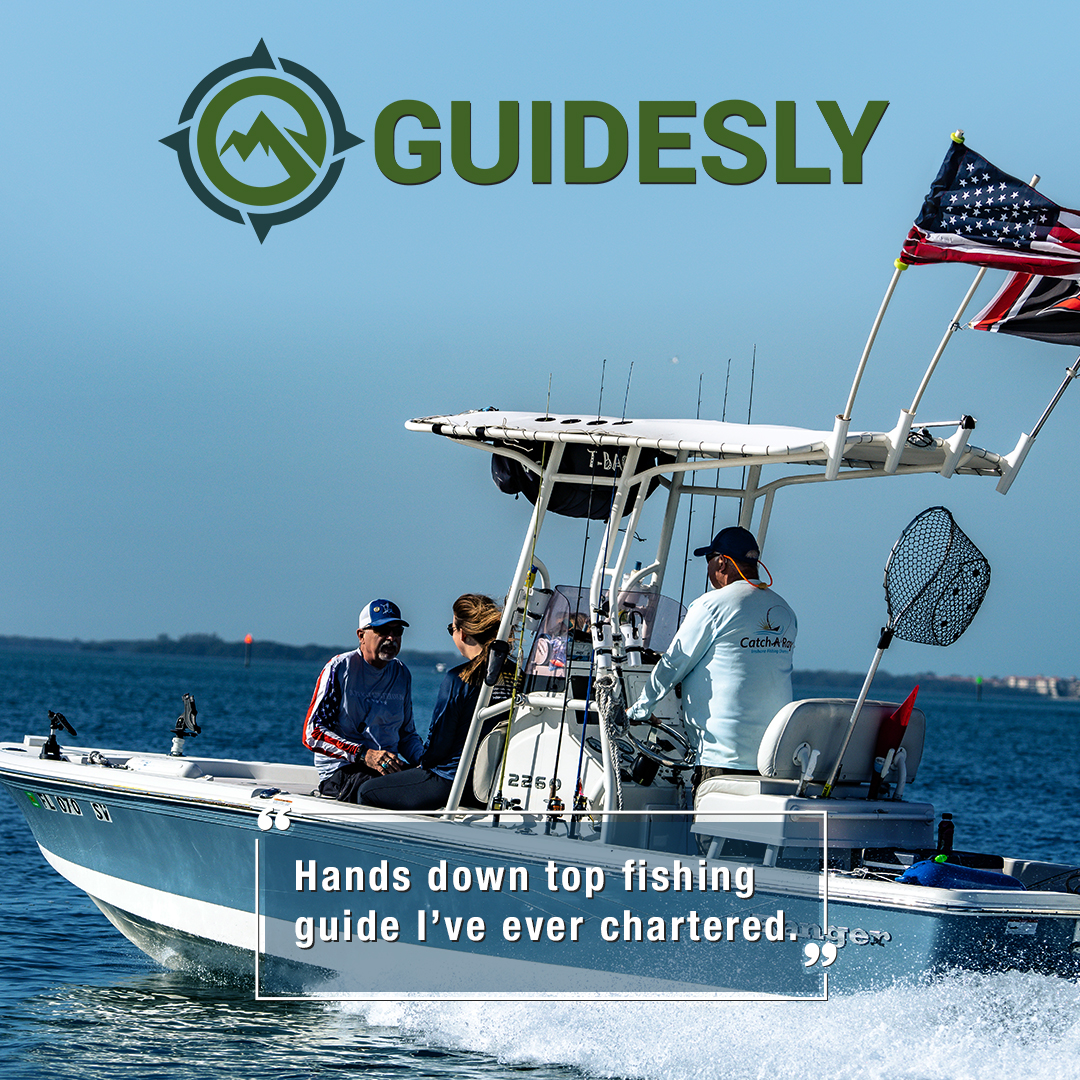Fishing During Outgoing Tides
Here's everything anglers need to know about outgoing tides during the winter.

Winter is one of the most challenging times to fish throughout the year. The cold weather is something anglers need to contend with. During the holiday season, fish activity also slows down due to the lack of prey caused by the colder temperature. Fish enter a state of hibernation where their metabolism slows down immensely, lessening their need to eat. While ice fishing does present a unique opportunity to catch fish, this method isn’t always as fruitful. Despite modern-day fish finders paving the way for more efficient ice fishing, the lack of fish activity is just that big of a problem.
Regardless of how hard winter fishing may seem, there are still some exceptions. Anglers can fish regularly in warmer climates, like San Diego or Florida. But for anglers stuck fishing in the colder regions of the United States, targeting outgoing tides is a popular way to catch fish. Outgoing tides result from a shift between high tides and low tides. Different tides are a phenomenon that occurs due to the forces of the sun and moon. A high tide is when water pushes up further into the coastline, while a low tide is when the waves recede to their furthest point.
Outgoing tides are waves transitioning from high tide to low. These waves move from the shoreline back into the ocean, for many outgoing tides are one of the most fruitful times to catch fish. So for anglers trying their luck during winter, doing so during the change between two tides may be their best shot at catching fish. Here are some of the things anglers should know about outgoing tides.

Outgoing Tides: Everything You Need to Know
1. The Effects of Outgoing Tides on Fishing

In general, fish are more likely to bite in moving waters than still water. Fish staying among debris and structures or in weedy areas will be forced out. When the tides change from high to low, the bait will often get carried into freshwater areas like canals and creeks. In turn, the water runs into bigger areas like lakes and ponds. The more bait means, the more game fish will actively search for food. This makes outgoing tides when the fish are most active throughout the day. Water current is so helpful to anglers that artificial currents are sometimes used for the same effect.
When taking advantage of the tides, it is best to check the water currents. Maps with weather and tide reports are commonly found on the internet. Studying when and where the tide flows makes sure anglers are much more efficient during the trip itself.
2. What To Do During an Outgoing Tide
A great way for anglers to maximize the shift of tides is to start fishing an hour before and after its change. During this time, anglers should wait for outgoing tides to settle just a bit before catching fish. Many fish will wait for the water to go down before feeding on bait. Despite the outgoing tides bringing in more bait, game fish are less prone to swimming around. Bait is usually within reach during this time, so it’s unlikely that fish will expend more energy to search for food.
Anglers should look to target specific spots in the water considering this. Chokepoints between a tributary and a body of water are a great place to start fishing. These places are usually areas with lots of weeds and bait from outgoing tides flowing into the first place. Many fish will likely end up in these spots. Deeper parts of the water are also great places to find trout or catfish. Structures like piers and jetties near tributaries can also provide shelter for many fish. When it comes to water current, fish expend more energy swimming against a tide than flowing with it. Anglers should also follow along with the tides leading to more fish feeding on bait.
Anglers with water vessels should also try visiting different choke points. The change in tides between other coastal areas isn’t simultaneous, so fish head to feed aren’t either. A great way to maximize outgoing tides can be to plan a route from one tributary and choke point to another. By timing it correctly, anglers can enjoy a window of time where fish are actively feeding.
3. Equipment and Ways to Catch
A couple of techniques are beneficial for fishing in outgoing tides. WIth anglers targeting choke points where water flows in, fly fishing is a technique anglers should try. Fly fishing relies on casting and lure placement. As fish aren’t regularly moving during this time, accurate casting will help catch fish. Trying different angles and targeting specific areas in the water are also recommended. Another method anglers can use to let lures sink deeper into the water before slowly reeling it in.

A long fly fishing rod can help in casting accurately at longer distances. A longer rod will also help when tailing fish as it reaches longer places. Dropshot lures are particularly helpful when targeting fish in deeper water. Slow sinkers are also recommended as easier-looking bait is much more enticing to fish. Using live bait with strong smells attracts fish in the water better than just using artificial lures. It’s best to use live bait local to the area as fish are more likely to bite when presented with something familiar.
4. Never Set Expectations Too High
Even with the help of outgoing tides, winter fishing can still be tricky. Since popular game fish like bass stock up on food during the prior season, they may not feed as much. Aside from fish activity, the cold temperature can be quite an obstacle for anglers. Anglers should prepare proper equipment like insulated gloves and thicker clothes before any trip. Heating pads and other precautions for the cold are also definitely required. What awaits anglers braving the cold are some of the biggest fish caught all year.




